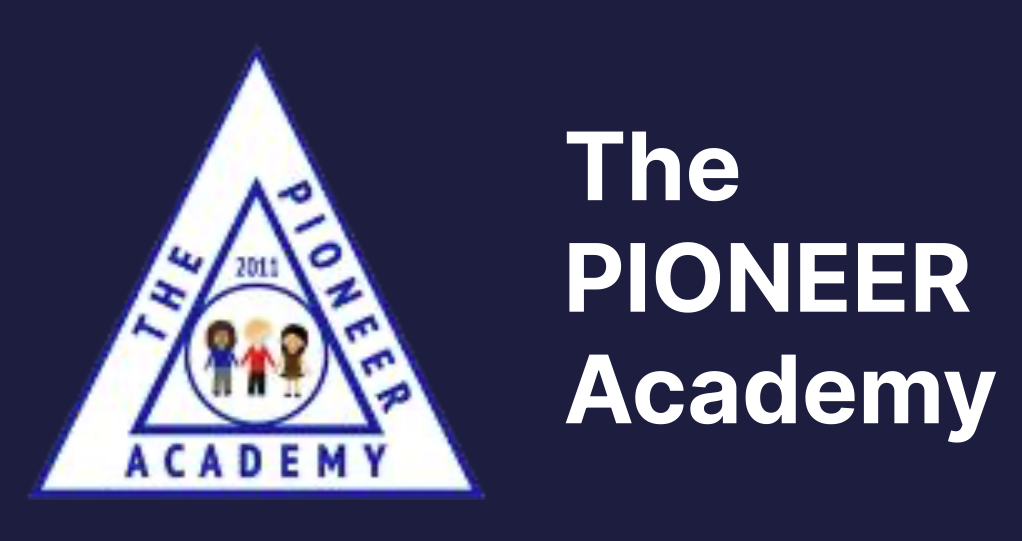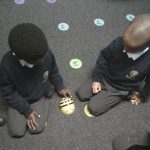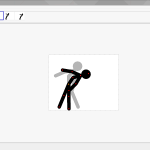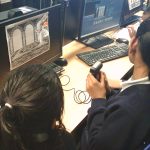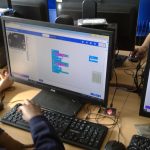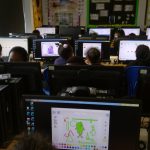At Broadmead Primary School, we aspire to give the children a well-rounded curriculum, with access to different skills and resources to broaden their understanding of the developing world. As technology progresses, we need to ensure that children know how to keep safe, act and react responsibly and respectfully, and to become a good digital citizen.
At Broadmead Computing is taught by a specialist teacher who has planned a range of exciting activities for the children.
We aim to be ambitious for all pupils, providing them with a range of topics to greater understand the digital world around them.
The NCCE scheme of work, alongside the International Primary Curriculum, allows the children to build on stills, exploring and expanding their understanding as they progress throughout the school. Following the National Curriculum closely, and regularly updated our curriculum, ensures that the children’s learning is up to date and current. It is designed and taught in a progressive manner, allowing pupils to build on and broaden their prior learning.
To ensure quality E-safety teaching, we follow the Common Sense Education – Digital Citizenships Scheme of work. This ensures up to date information being taught, building on skills and knowledge each year.
Computing lessons provide valuable transferable knowledge and skills to other areas of the curriculum and promote their pupils’ spiritual, moral, social and cultural development. It opens up the endless possibilities of future endeavours: allowing the children to explore interests in a safe place.
Summary of intended impact
Throughout their time at Broadmead, we hope the children will have had a chance to access a range of different Computing topics and equipment; broadening the scope of what they may not have access to outside of school. The children will be able to build on their prior knowledge and understanding, and expand and grow as the digital age does.
By the end of year 6, the children will have experienced different career opportunities; 3D designer, video and audio editor, software and hardware programmer to name a few. They will also leave with skills that will be needed in day to day life, from keeping safe online to how to use Word, Excel and PowerPoint.
The school is now in the process of identifying 2 -4 children from each class who will become Digital Leaders. These pupils will be computing champions across the school who will have the important role of supporting both pupils and staff.
National Curriculum
The national curriculum for computing has four main aims to ensure that all pupils:
- Can understand and apply the fundamental principles and concepts of computer science, including abstraction, logic, algorithms and data representation.
- Can analyse problems in computational terms, and have repeated practical experience of writing computer programs in order to solve such problems.
- Can evaluate and apply information technology, including new or unfamiliar technologies, analytically to solve problems.
- Are responsible, competent, confident and creative users of information and communication technology.
Key stage 1
By the end of Key Stage 1 children should be able to:
- Understand what algorithms are; how they are implemented as programs on digital devices; and that programs execute by following precise and unambiguous instructions.
- Create and debug simple programs.
- Use logical reasoning to predict the behaviour of simple programs.
- Use technology purposefully to create, organise, store, manipulate and retrieve digital content.
- Use technology safely and respectfully, keeping personal information private; know where to go for help and support when they have concerns about material on the internet.
- Recognise common uses of information technology beyond school.
Key stage 2
By the end of Key Stage 2 children should be able to:
- Design, write and debug programs that accomplish specific goals, including controlling or simulating physical systems; solve problems by decomposing them into smaller parts.
- Use sequence, selection and repetition in programs; work with variables and various forms of input and output.
- Use logical reasoning to explain how some simple algorithms work and to detect and correct errors in algorithms and programs.
- Understand computer networks including the internet; how they provide multiple services, such as the world-wide web; and the opportunities they offer for communication and collaboration.
- Use search technologies effectively, appreciate how results are selected and ranked, and be discerning in evaluating digital content.
- Use technology safely, respectfully and responsibly; know a range of ways to report concerns and inappropriate behaviour.
- Select, use and combine a variety of software (including internet services) on a range of digital devices to accomplish given goals, including collecting, analysing, evaluating and presenting data and information.
E-safety
The development of the ‘E’ Safety policy ensures a robust approach to safeguarding children and staff in using the Internet safely and responsibly. The detailed policy is in line with Government Guidance and provides an aide memoire to all stakeholders about the use of e-mail, dangers of cyber bullying and the robust permissions required to safeguard children.

